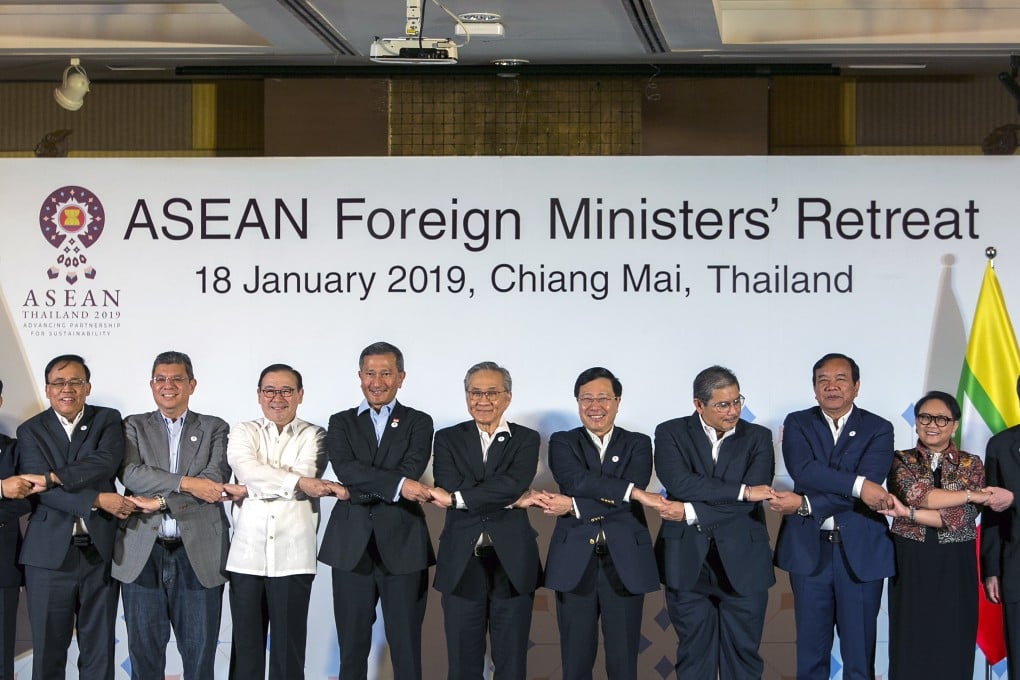Explainer | What is Asean and why was it formed?
- Created in 1967 to contain communism in the region, Asean’s focus is on economic integration and maintaining stability


What are its goals?
Asean was created in 1967 by Indonesia, Malaysia, the Philippines, Singapore and Thailand in an effort to prevent the spread of communism in the region. As cold war tensions waned, it began accepting communist-ruled Vietnam and Laos as members.
Currently, the bloc aims to accelerate economic growth and regional integration while maintaining peace and stability in Southeast Asia. A series of phased free trade agreements between its members dating back to 1992 have helped bring down regional tariffs and in 2015, the institution established the Asean Economic Community to further promote economic integration.
Asean has also become the main forum for other governments to engage with member countries. In addition to its twice-yearly summits, the annual Asean Regional Forum provides a setting for the association’s 10 member states to discuss regional security issues with representatives from Australia, Bangladesh, Canada, China, East Timor, the European Union, India, Japan, Mongolia, New Zealand, North Korea, Pakistan, Papua New Guinea, Russia, South Korea, Sri Lanka and the United States. In 2009, Asean also launched an intergovernmental commission on human rights.
The association has often been characterised by its consensus-based approach to decision making known as “the Asean way”, with a focus on informal meetings, interpersonal relations and non-interference in internal affairs.
